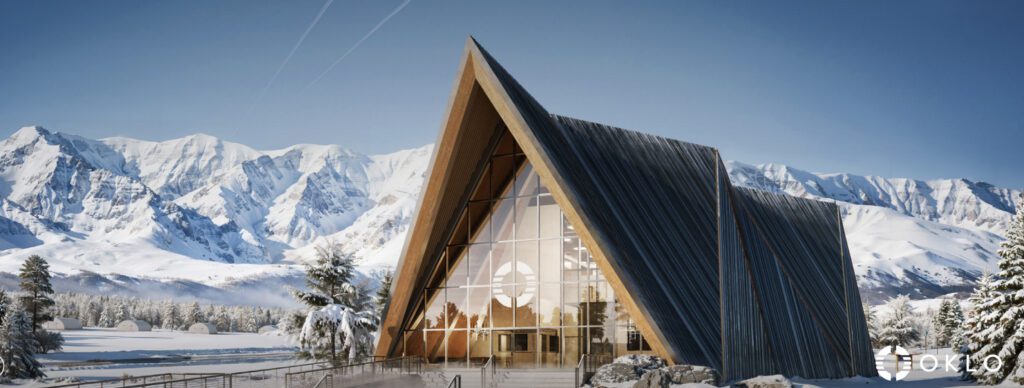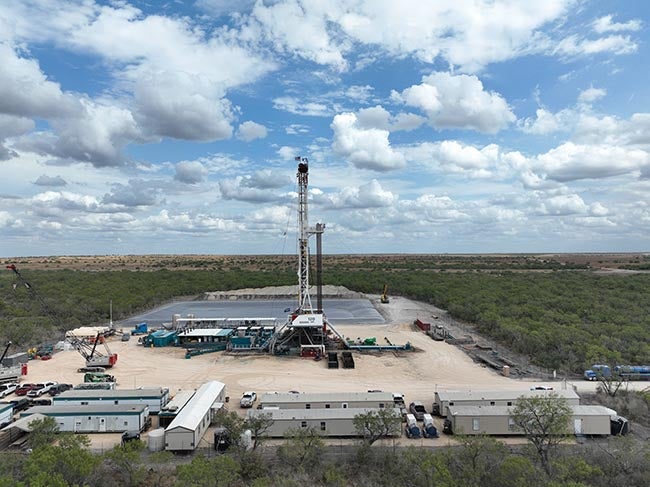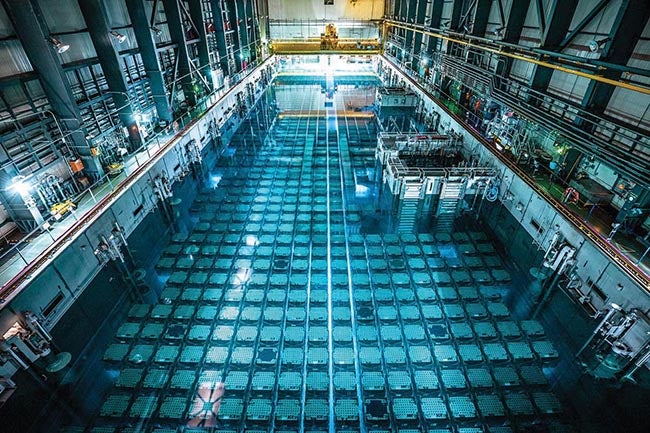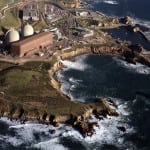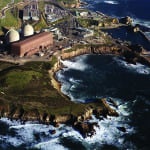SACRAMENTO, CA (Sept. 19, 2018) – California Gov. Jerry Brown today signed into law a bill to protect the environment, workers, and local communities during the closure of California’s last nuclear plant, Diablo Canyon near San Luis Obispo.
Senate Bill 1090, which had wide bipartisan support, will help to ensure that the electricity generated by the giant plant is replaced with zero-carbon options led by energy efficiency and renewable energy. The new law also mandates full funding of a $350 million employee retention program and the $85 million community impact mitigation program, which are needed to ensure that the plant is adequately staffed and essential emergency services are provided through the end of the plant’s license period in 2025.
Plant owner Pacific Gas & Electric (PG&E), citizen and environmental groups including NRDC, and labor organizations in June 2016 announced an agreement to close the two reactors by August 2025 and replace their generation with lower-cost, zero-carbon alternatives. Their joint proposal asked the California Public Utilities Commission to authorize the replacement of the electricity being generated by the plant 250 miles south of San Francisco with emissions-free options led by energy efficiency, wind and solar power, and included protections for plant workers and surrounding communities during the transition. When the CPUC rejected much of the historic joint proposal in January, supporters turned to the Legislature.
Following is a statement from Ralph Cavanagh, energy program co-director at the Natural Resources Defense Council:
“Governor Brown made climate history again today when he signed this legislation to specifically authorize that Diablo Canyon’s electricity generation be replaced with carbon-free resources like energy efficiency and wind and solar power. This groundbreaking legislation also ensures that we account for the full impact of the plant’s closure on the workers and surrounding communities.”


